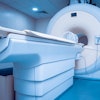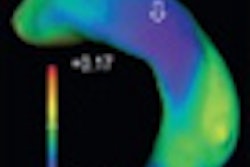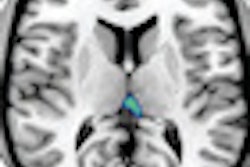Wednesday, December 1 | 11:50 a.m.-12:00 p.m. | SSK08-09 | Room S102D
MRI is valuable in evaluating pregnant patients with right lower quadrant pain, according to a new scientific paper by researchers from Johns Hopkins University in Baltimore.In addition, MRI, with its high sensitivity and high negative predictive value, can help avoid unnecessary laparatomies and radiation exposure from CT scans.
"Abdominal pain is a common symptom that brings pregnant patients to the emergency department," said study co-author Svati Singla Long, MD. "We need to devise appropriate imaging algorithms to properly evaluate these women in the safest manner possible." Co-author Katarzyna Macura, MD, PhD, associate professor of radiology and urology at Johns Hopkins, is scheduled to present the study results at the scientific session.
Long, Macura, and colleagues reviewed previous research and found 42 studies that addressed the clinical question of MRI's efficacy in determining acute appendicitis in pregnant women with right lower quadrant pain and suspected appendicitis. Six studies used MRI criteria for the diagnosis of acute appendicitis that primarily involved the diameter of the appendix and the presence and/or absence of periappendiceal fat stranding.
Researchers then obtained summary estimates of sensitivity, specificity, positive predictive value, and negative predictive value, and accounted for a possible correlation between sensitivities and specificities.
Their analysis found that the compilation of all six studies resulted in a combined sensitivity of 91% and specificity of 98%. Combined positive predictive value was 86% and combined negative predictive value was 99%.
"The diagnostic strength of MRI is in its high specificity and high negative predictive value," the authors wrote. "Finding a normal appendix on MRI yields high accuracy in excluding acute appendicitis."
Because cases of the nonvisualized appendix on MRI pose a diagnostic difficulty, they added, further studies are needed to improve imaging protocols to decrease the incidence of nonvisualized appendix.



.fFmgij6Hin.png?auto=compress%2Cformat&fit=crop&h=100&q=70&w=100)




.fFmgij6Hin.png?auto=compress%2Cformat&fit=crop&h=167&q=70&w=250)











